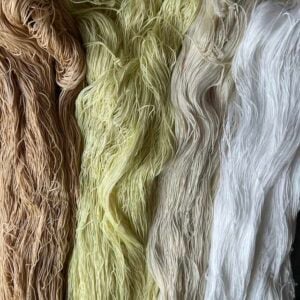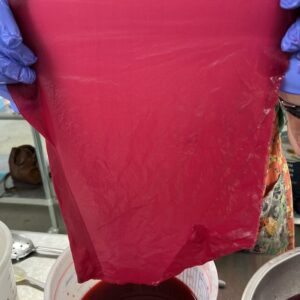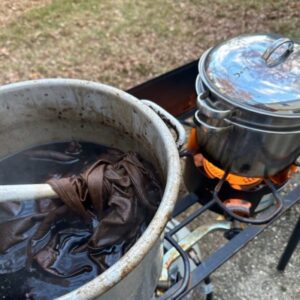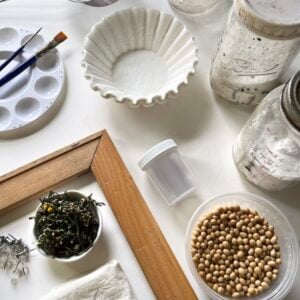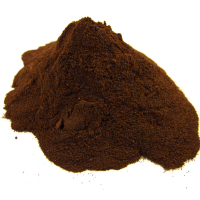More Mordant Experiments
I’m obsessed with using tannin and aluminum sulfate to create different color bases for both natural dyes and indigo. What I love about this technique is that this is a great mordant option and it’s a lot of fun to see the colors develop and take on the subtle differences between the different tannin bases. This time, we’re working with a lightweight, pre-mordanted, organic cotton suitable for stitching and quilting. We mordanted 4 fat quarters, each with a different tannin, and then tried a few dye experiments using Marigold Mix, Madder extract and Indigo. Start with our Mordanted Fat quarter … Read more


